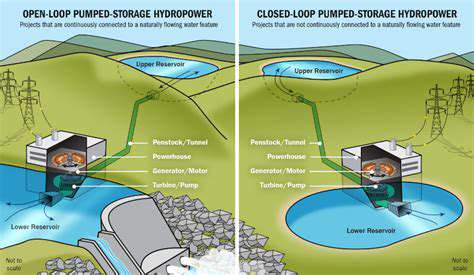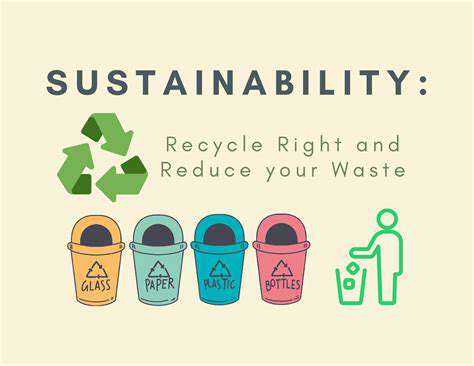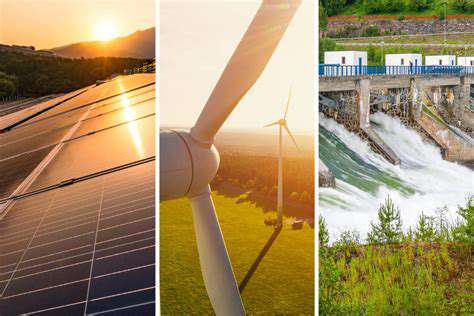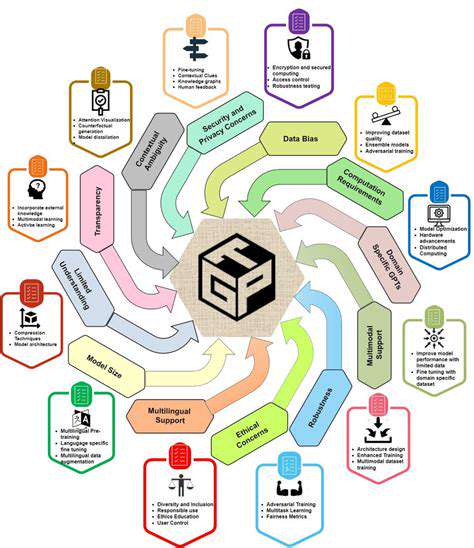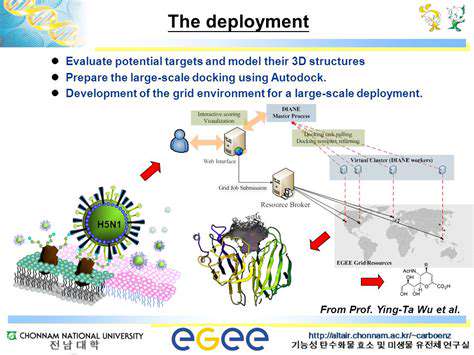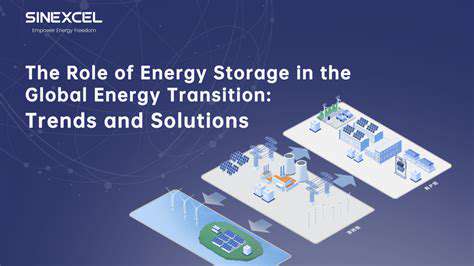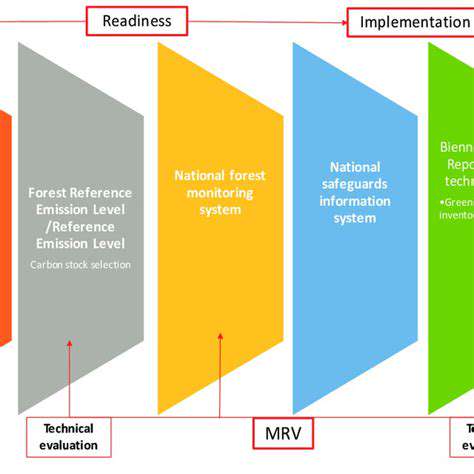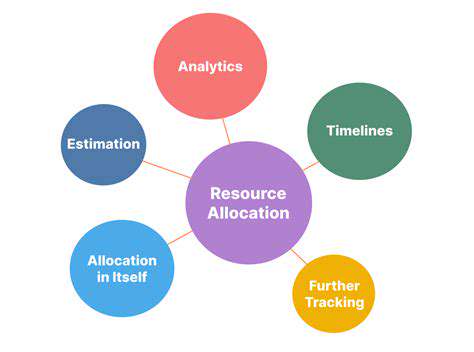Wind Energy in Extreme Climates
Addressing Operational Considerations in Monsoon Zones
Planning for Extreme Weather Events
Effective wind energy project development in monsoon zones necessitates meticulous planning for extreme weather events. This includes detailed hydrological assessments to anticipate potential flooding, landslides, and storm surges. Careful consideration must be given to the potential impact of heavy rainfall on infrastructure, including roads, transmission lines, and wind turbine foundations. Robust contingency plans should be in place to ensure swift response and minimal disruption to operations during these periods. The potential for power outages due to severe weather needs to be factored into the system design and maintenance protocols.
Furthermore, the project design must incorporate measures to mitigate the risks associated with high winds and torrential rains. This may involve adjusting turbine blade design for enhanced stability in high-wind conditions and incorporating flood defenses around the infrastructure to prevent damage and ensure uninterrupted operations. The design process should also consider the potential for debris accumulation, which can pose a significant hazard to wind turbines and the surrounding environment. Proactive measures to clear debris and maintain safe operational distances during monsoon periods are crucial.
Infrastructure Resilience and Maintenance
Ensuring the resilience of infrastructure in monsoon zones is paramount. This includes employing high-quality construction materials and techniques that can withstand the harsh weather conditions. The design of roads, access routes, and transmission lines must account for potential erosion and flooding, incorporating measures like reinforced embankments, drainage systems, and elevated structures. Regular maintenance and inspections are critical to identify and address any potential issues before they escalate into major problems during the monsoon season.
Maintenance schedules need to be adjusted to account for the specific challenges presented by the monsoon season. This includes prioritizing maintenance tasks during periods of lower rainfall intensity and implementing strategies to ensure rapid response to any damage caused by extreme weather events. Robust communication protocols must be in place to ensure timely coordination among maintenance teams, project managers, and local authorities during the monsoon season. This proactive approach will minimize downtime and ensure the long-term operational efficiency of the wind energy project.
Environmental Impact Assessment and Mitigation
Comprehensive environmental impact assessments are essential for wind energy projects in monsoon zones. These assessments should consider the potential ecological impacts of construction, operation, and decommissioning, including the potential for habitat disruption, water contamination, and soil erosion. Specific attention must be paid to the impact of rainfall patterns on the surrounding ecosystem, such as changes in water flow, sediment transport, and potential disruptions to biodiversity. This detailed assessment should be taken into account during the planning phase to minimize environmental damage.
Mitigation strategies need to be incorporated to minimize the negative environmental impacts. This could involve implementing erosion control measures, restoring degraded habitats, and establishing effective waste management systems. The project should also include provisions for community engagement and education to promote understanding and cooperation among stakeholders regarding environmental protection. Transparency and collaboration between the project developers, local communities, and environmental agencies are vital for successful project implementation.
Operational Protocols and Personnel Training
Developing and implementing robust operational protocols is critical for ensuring the safety and efficiency of wind energy projects during the monsoon season. These protocols should address specific safety concerns related to the challenging weather conditions, including procedures for turbine shutdowns during heavy rainfall or high winds. They should also cover emergency response plans in the case of equipment malfunctions or accidents. Clear communication channels and emergency contact information must be readily available to all personnel involved in the project.
Thorough training for all personnel on these operational protocols and emergency procedures is paramount. This training should cover the specific challenges posed by the monsoon season, including the potential for flooding, landslides, and communication disruptions. Regular drills and simulations should be conducted to ensure that personnel are adequately prepared to respond effectively to any emergency situations that may arise. This preparedness is critical for minimizing risks and maximizing operational efficiency during the monsoon season.
